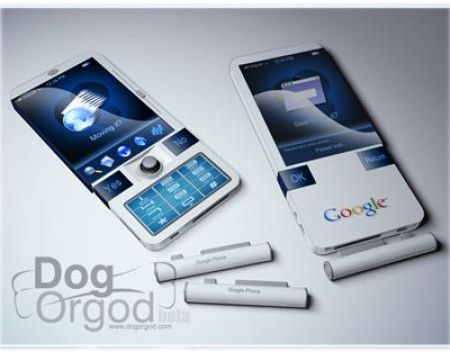by Gabriel Ikram
The OCZ Hydrojet cooler uses an advanced heatsink material
The first heatsink to make use of directional carbon nanotubes, the OCZ Hydrojet, was on display at Computex 2007. Carbon nanotubes, an allotrope of carbon, are widely regarded as the next major thermal interface material because of their superior thermal conduction properties.
The contact base of the OCZ Hydrojet is made completely of carbon-nanotubes, which OCZ claims are five times more efficient than copper. Carbon nanotubes have been looked upon as a strong alternative to traditional copper based heatsinks. They are ideal for application in heat transfer products because of their impressive heat-conduction properties. Carbon nanotube based interfaces have been shown to conduct more heat than conventional thermal interface materials at the same temperatures. In addition, they have shown to be ballistic conductors at room temperature, which means electrons can flow through CNTs without collisions.
Carbon nanotubes are small wire-like structures made out of a sheet of graphene. The sheet of graphene used to construct CNTs is roughly one-atom thick, and is rolled up into a cylinder. The diameter of the cylinder ranges in the nanometers.
Unlike most other thermal materials, carbon nanotubes are able to move heat in one direction. On the other hand, copper, which is looked upon as one of the more superior thermal materials, moves heat radially. In the case of CNTs, heat is moved along the alignment of the nanotubes.
(c) www.dailytech.com





